This year marks 500 years since the death of the Italian Renaissance artist Leonardo da Vinci in May 1519. Although he was born in the heart of Tuscany in Italy, Leonardo had a profound influence on art the world over. You can see evidence of this right here in London. Leonardo’s image features in mosaics decorating the National Gallery and the Victoria & Albert Museum. We are also lucky to have several works in London by the great master. These display not only his creative genius but also his intellect and huge appetite for knowledge.
Leonardo was part of a great revolution in art… the Renaissance. This was a period of intensive exploration of nature, anatomy, architecture, mechanics, and engineering. He was born at a time when the thirst for unravelling the secrets of mathematics and science was at its height in Italy, and this was closely tied up with art and sculpture. So, a true Renaissance man would take an interest in both the arts and sciences. Leonardo was probably the greatest polymath of them all and one of history’s greatest independent thinkers.
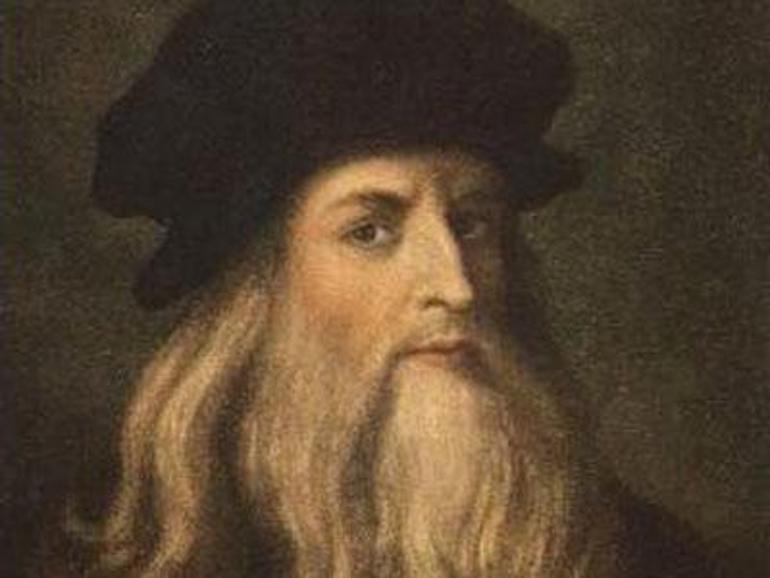 Portrait of Leonardo Da Vinci. Photo Credit: © Public Domain via Wikimedia Commons.
Portrait of Leonardo Da Vinci. Photo Credit: © Public Domain via Wikimedia Commons.
Leonardo da Vinci in London Trail
Our Leonardo da Vinci in London trail starts at the National Gallery, the home of great European art in the capital. Here we have two da Vinci works, which both date from around 1500. The first, the Virgin of the Rocks, is one of the few finished paintings by the master. It is delightful in its tender depiction of the Virgin and two young children, Jesus and his cousin John, set against a dramatic dark background. The faces have the artist’s characteristically enigmatic expressions, and we aren’t quite sure what they’re feeling. The second piece, which has the same characters, is the Burlington House cartoon. Here the word cartoon refers to a sketch or a preparatory study for a painting.
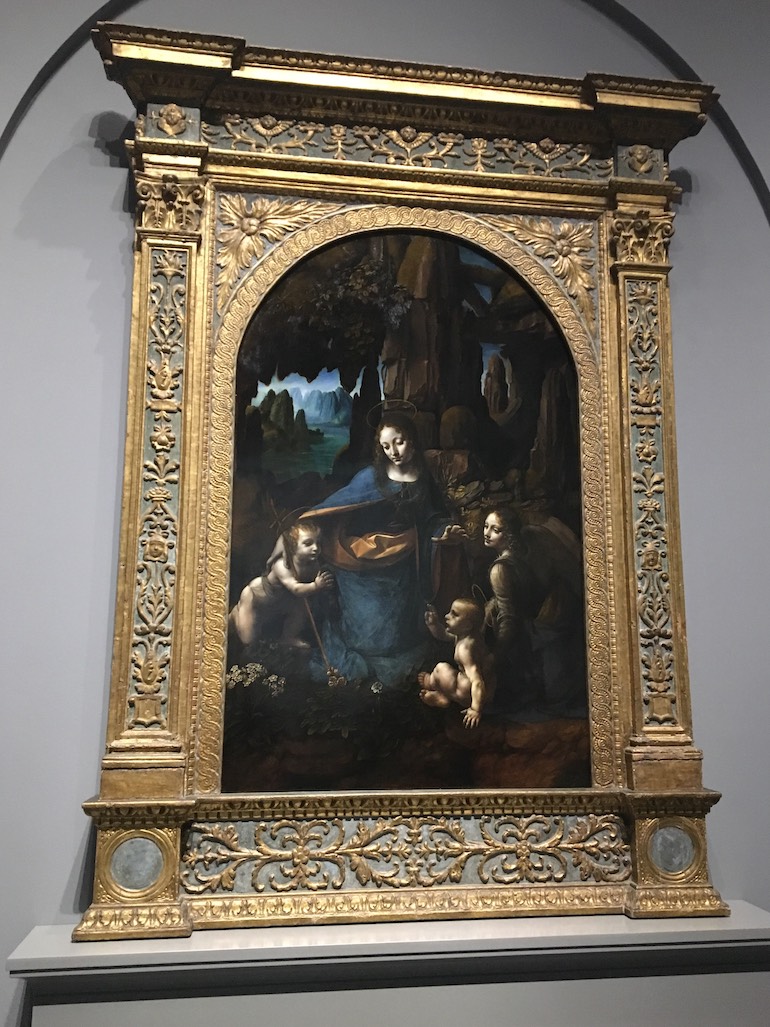 National Gallery in London: Virgin of the Rocks by Leonardo da Vinci. Photo Credit: © Anne Pollak.
National Gallery in London: Virgin of the Rocks by Leonardo da Vinci. Photo Credit: © Anne Pollak.
The National Gallery also has paintings by the artist who taught Leonardo his craft: Andrea del Verrocchio. As a teenager, Leonardo worked as an apprentice in Verrocchio’s workshop in Florence, and it’s said that the protege’s hand can be seen in some Verrocchio pieces. In Tobias and the Angel, for example, the small white dog at the angel’s feet is thought by many to be the work of Leonardo.
At the Victoria & Albert Museum in Kensington, we can see a different aspect to Leonardo’s talent. He was fascinated by science, and he worked on designs for helicopters, gliders, hydraulics, and engineering. The Codex Forster is a set of notebooks, in which the mastermind recorded his thoughts and inventions. They date from 1487-1505 and are written in Leonardo’s famous “mirror writing”: He wrote backwards – from right to left – which wasn’t unusual for intellectuals of the time. These notebooks are a treasure of the V&A and were bequeathed to the museum in 1876 by John Forster, hence their name.
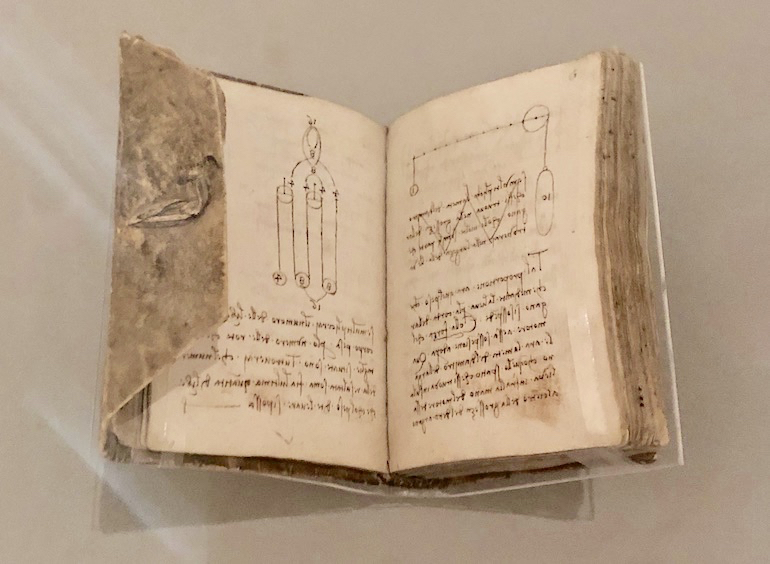
Codex Forster at the Victoria & Albert Museum. Photo Credit: © Anna Targett.
Both the British Museum and the Royal Collection have several sketches by Leonardo da Vinci. These are usually only on display for exhibitions, so this year is a treat. The Queen’s sketches are kept in the Royal Library in Windsor, which is closed to the public. But this year they will be part of a special exhibition at the Queen’s Gallery, next to Buckingham Palace, called “Leonardo: A Life in Drawing”. It will run from 24 May to 13 October and feature over 200 drawings. The works reflect Leonardo’s interest in anatomy. He was inspired by Vitruvius, a Roman writer, and architect who related the body to the proportions used in architecture. You can also see some of Leonardo’s designs for machines and sketches of parts of the body made in preparation for elements of larger paintings.
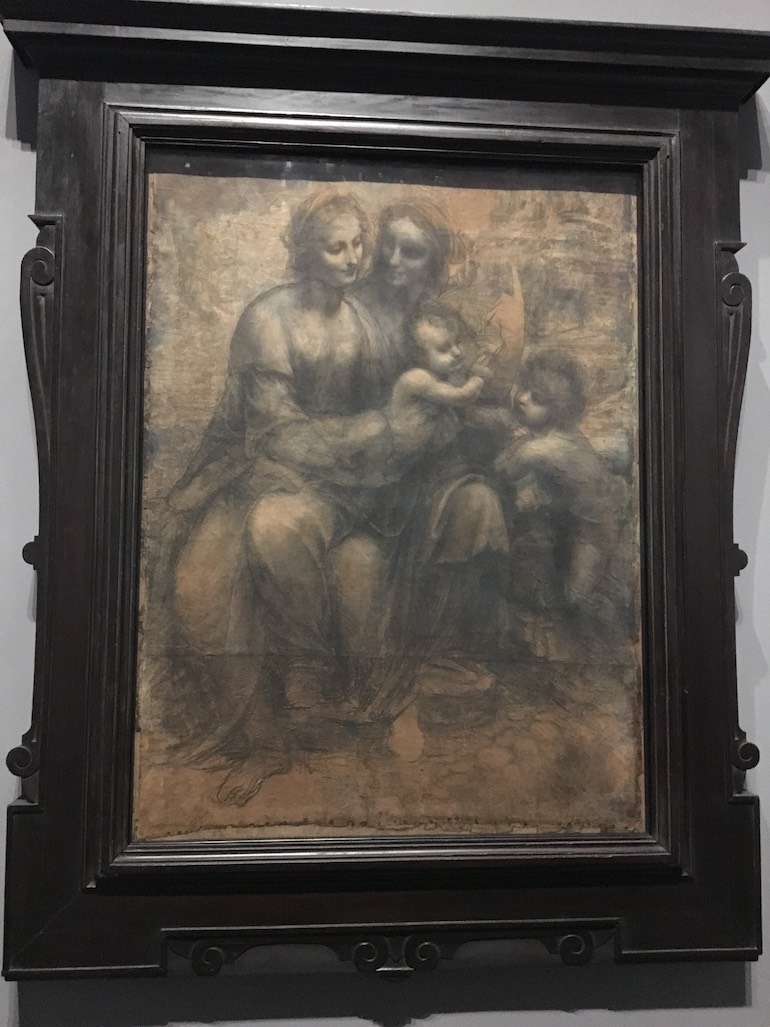 National Gallery in London_Burlington House cartoon by Leonardo da Vinci. Photo Credit: © Anne Pollak.
National Gallery in London_Burlington House cartoon by Leonardo da Vinci. Photo Credit: © Anne Pollak.
Leonardo also loved mathematics, and he achieved perspective in his landscapes using innovative techniques. A main feature of the Italian Renaissance was the quest to show realistic scenes on a flat canvas. In fact, Leonardo believed that painting was superior to sculpture because of the challenge of making two dimensions appear as space. He started work on a huge bronze sculpture in Milan of the Duke of Milan on horseback, but never finished it. So Leonardo isn’t known as a sculptor… or is he?
The Victoria & Albert Museum holds a terracotta work now considered to be the only existing Leonardo da Vinci sculpture. The Virgin and Laughing Child was thought to be by Antonio Rossellino, but an Italian scholar now believes it to be Leonardo’s. The piece has even been loaned to the Palazzo Strozzi in Florence for this year’s exhibition ‘Verrocchio: the Master of Leonardo’. They have clearly labelled it as a Leonardo da Vinci. The V&A attributed the sculpture to him in the past, but since the early 1900s, the museum has said it is by Rossellino. Will they change their minds? Watch this space. The exhibition moves to Washington, D.C., in November and returns to London next March.
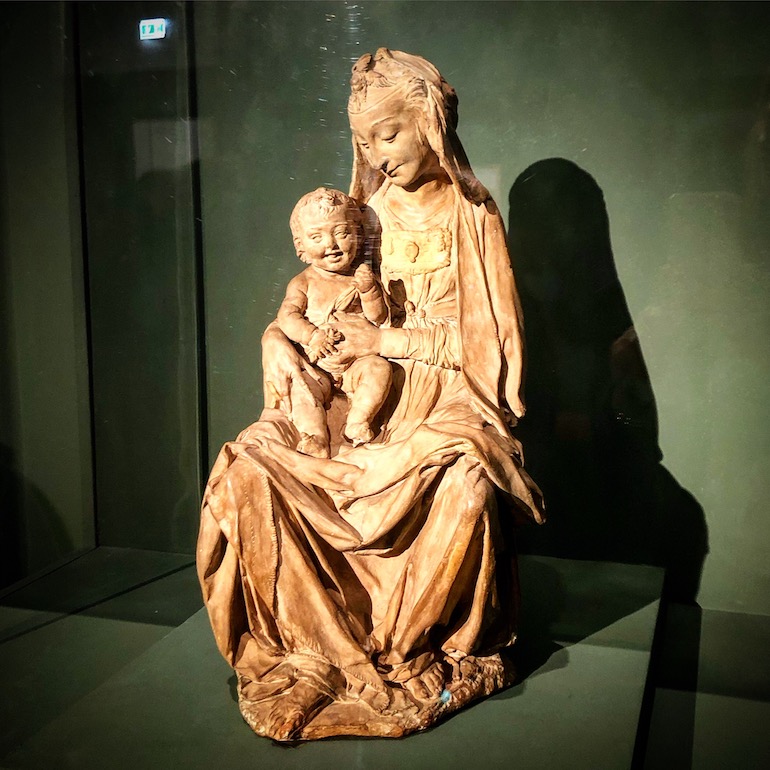 Leonardo sculpture in Florence. Photo Credit: © Anna Targett.
Leonardo sculpture in Florence. Photo Credit: © Anna Targett.
Blue Badge Tourist Guides can offer fascinating insights through visits to our national museums. Take a tour of the world and its amazing cultures in the British Museum, explore the development of European art in the National Gallery or marvel at the beautiful sculpture, furniture and textiles in the Victoria & Albert Museum, our largest museum dedicated to the decorative arts.



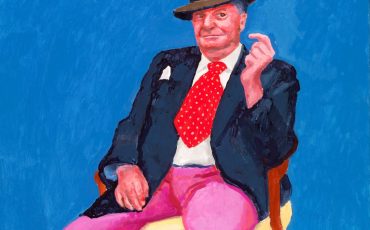
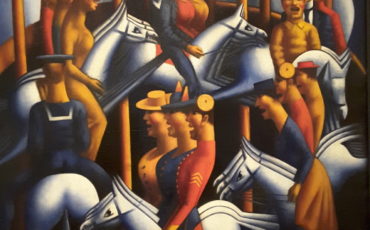


Leave a Reply